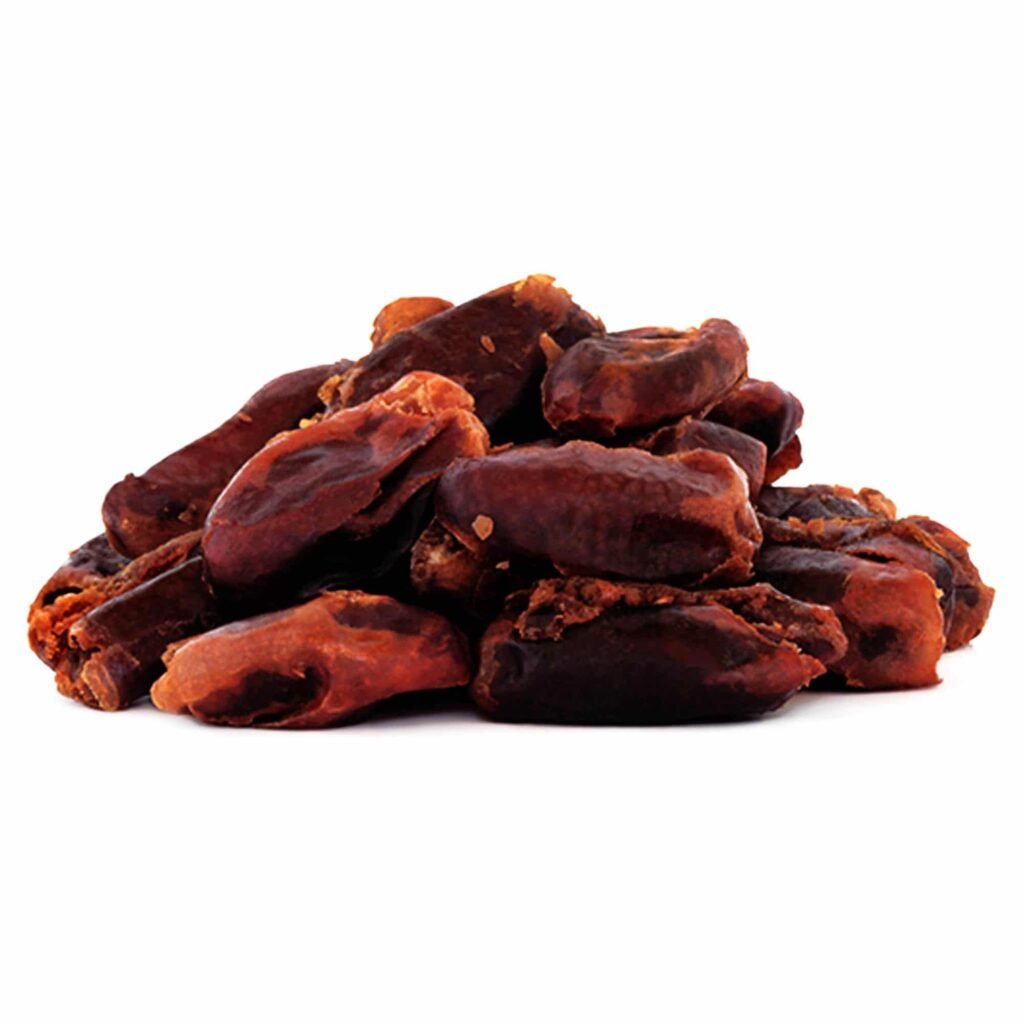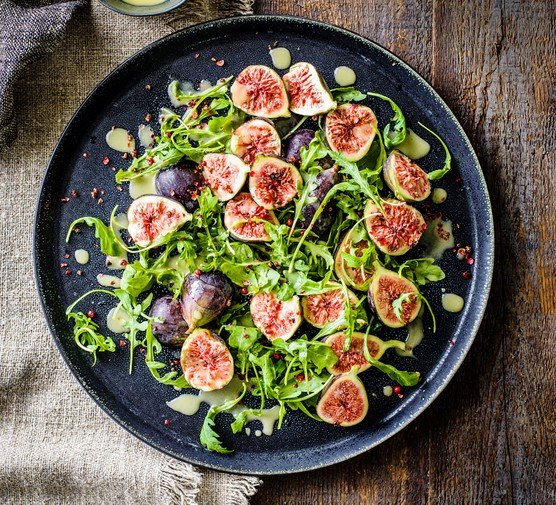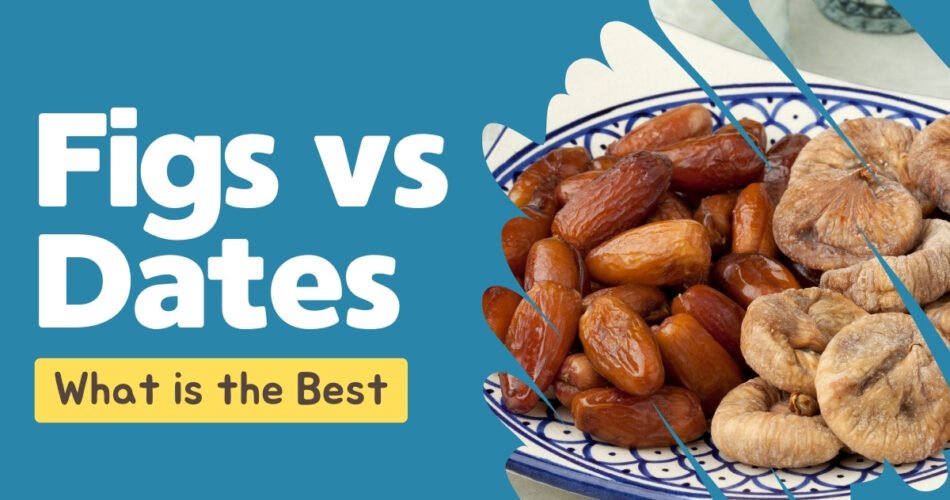Figs vs dates: what’s the best choice? As a health-conscious individual always looking to make informed decisions about my diet, I often find myself comparing different types of fruits, their nutritional profiles, and how they fit into my lifestyle. Today, I’ve set out to explore the debate between figs and dates, two ancient fruits that are both revered for their unique qualities and health benefits.
What are figs?
Figs are the fruit of the Ficus tree, which belongs to the mulberry family. They have been cultivated since ancient times and hold significant cultural and historical importance, especially in the Mediterranean region. Ripe figs are sweet with a slightly chewy flesh, soft skin, and crunchy seeds. They feature prominently in both fresh and dried forms in various cuisines.

What are dates?
Dates, on the other hand, are the fruit of the date palm tree. Known for their rich sweetness and sticky texture, dates have been a staple food in the Middle East for thousands of years. They are typically found in dried form, though fresh dates can be enjoyed when in season. Dates are not only a sweet treat but also packed with energy and nutrients, making them a favorite for breaking fast during Ramadan.
Figs vs dates: What’s the Difference?
Let’s delve into the differences between these two nutritious fruits.
Ingredients
When comparing the composition of figs and dates, we must look at their nutritional breakdown. Here’s what I’ve found:
- Figs: High in fiber, vitamins A, B, and K, and minerals such as calcium, magnesium, and potassium.
- Dates: Rich in fiber, vitamins B6 and K, and minerals like potassium, magnesium, and copper.
Taste
In terms of taste, both fruits are quite sweet, but they differ subtly. Figs have a more delicate, nutty flavor that can sometimes hint at berry tones, while dates have an intense caramel-like sweetness and are often compared to honey or toffee. Based on personal preference, I lean towards the rich and indulgent taste of dates when I crave something sweet.
Price
The price of figs and dates can vary greatly depending on the variety, availability, and whether they are fresh or dried. Generally, in my experience, dates tend to be more consistently priced and widely available, whereas fresh figs can be pricier and seasonal. Dried figs, though more accessible, still usually command a higher price than dates.
Appearance & Color
As for appearance and color, figs and dates are quite distinct. Figs usually have a teardrop shape and can vary in color from purple to green, depending on the type. Their flesh is a vibrant pinkish hue. Dates, typically, are oblong and have a deep brown color, almost like a wrinkled and glossy cigar. Their inner flesh is a sticky, amber tone.
Nutritional Value
A closer look at the nutritional value of these fruits reveals both differences and benefits:
- Figs:
- Calories: Approximately 74 per 100 grams
- Fiber: 2.9 grams
- Sugars: 16 grams
- Vitamin B6: 0.1 mg
- Potassium: 232 mg
- Dates:
- Calories: Around 277 per 100 grams
- Fiber: 6.7 grams
- Sugars: 66 grams
- Vitamin B6: 0.2 mg
- Potassium: 696 mg
Calorie Counts
While I try not to obsess over calories, I know that they do matter when it comes to choosing food, especially when I’m looking for a lighter option. With about 277 calories per 100 grams for dates and roughly 74 calories for the same amount of figs, figs are the lower-calorie choice.
Regional Origins
Figs trace their roots back to ancient Asia Minor, while dates have their origins in the Middle East. Both fruits are now grown in suitable climates around the world, though their best quality often comes from regions close to their ancestral homes.

Figs vs dates: What are the similarities?
Despite their differences, figs and dates share some common ground:
- Both are high in fiber, which is excellent for digestive health.
- They offer a good dose of natural sugars, providing a quick energy boost.
- Each fruit is packed with various nutrients that contribute to overall health.
- Figs and dates can be enjoyed both fresh and dried, though they are more commonly found dried in many regions.
Figs vs dates: What is the best?
In the debate over taste, flavor, and pleasure, my personal favorite has to be dates. Their rich, caramel flavor and versatility in both sweet and savory dishes make them a win in my book. However, I do appreciate the lower calorie and subtly sweet profile of figs for lighter dessert options or as an addition to salads.
Popular culinary uses of figs and dates
Figs are incredibly versatile and can be used in a wide array of dishes. Here are a few of my favorites:
- Baked into fig bars or cookies for a chewy, flavorful treat.
- Paired with savory ingredients like prosciutto for a delightful appetizer.
- Added into breakfast dishes such as oatmeal or yogurt for extra sweetness.
- As a tasty and beautiful topping for salads and pizzas.
Similarly, dates lend themselves to a variety of uses in the kitchen:
- Incorporated into energy bars and balls, providing natural sweetness and binding properties.
- Used to sweeten up smoothies or homemade nut milks.
- Stuffed with nuts or cheese as a delightful finger food.
- Mixed into sauces and dressings for a sweet depth of flavor.

Where to buy figs and dates
Finding figs can sometimes be a seasonal journey for me. When they are available, I look for them at farmers’ markets, specialty food stores, and well-stocked supermarkets. I prefer to purchase organic figs whenever possible to avoid pesticides.
For dates, however, my go-to sources include grocery stores, health food shops, and online retailers, especially when I’m searching for particular varieties like Medjool or Deglet Noor. Bulk purchases often save me money and ensure I have a steady supply.
How to store figs and dates
Storing figs requires a bit of attention to keep them fresh. I place ripe figs in a single layer on a plate or in a shallow bowl, and then they go straight into the refrigerator. They’ll last this way for a couple of days. For longer preservation, I turn to drying or making fig preserves.
Dates are much easier to store. Thanks to their low moisture content, dried dates can be kept in an airtight container in the pantry or fridge for months, retaining their quality and flavor.
Recipe: Easy Stuffed Dates and Figs
For a simple yet elegant treat that combines both figs and dates, follow this easy recipe:
- Ingredients:
- Fresh figs
- Medjool dates
- Soft goat cheese or a vegan alternative
- Crushed pistachios or almonds
- Slice the figs and dates halfway to create a pocket.
- Fill each with a teaspoon of goat cheese.
- Sprinkle the crushed nuts on top for a crunchy finish.
- For an extra touch, drizzle a bit of honey or maple syrup over the stuffed fruits.
- Chill for 15 minutes before serving as a delightful appetizer or dessert.
Final Words
In the end, it’s a close call, but if I have to choose between figs and dates, I would lean towards dates. Despite the higher calorie count, their unmatched flavor and versatility make dates an exceptional choice for my dietary needs. As the figs vs dates debate continues, though, I believe the best choice is quite personal, depending on individual taste preferences and nutritional requirements. Ultimately, both are delicious and healthy additions to any diet, so why not enjoy both?

